How to Match Paint Color to With and Without a Sample

By Marilyn Syarto
It’s time to freshen up or touch up the walls with that gorgeous paint color you took forever to pick out, but you misplaced the can or simply forgot to jot down the name. Or, maybe you fell in love with a specific color that you want on the walls of your home.
Whatever the reason, there are ways to match paint without having to eyeball it or rely on holding up those tiny color swatches up to your wall and take your best guess. Luckily, our guide gives you better ways to color match existing paint.
Photo via HomeSpot HQ
How to Match Paint by Cutting a Sample
The best way to match paint is to take a sample of it into a paint store. This method requires you to cut out a small square of paint off your wall. All you need to do this is a utility knife.
Step 1: Score a Square
With a utility knife, score at least a 1x1-inch square of paint from your wall. You won’t cut through the wall—you will only peel off the layer of paper off the drywall that contains the paint.
You can look for the sample in an inconspicuous spot, like behind an outlet cover or in a cabinet. Remove the outlet cover to see how much paper overhang you can tear off. Chances are when you replace the cover, you won’t be able to see the spot of paper you tore off. If there’s not enough there, look for a piece just above the baseboard where a piece of furniture covers up the spot until you can fix it.
Step 2: Lift the Corners
Once you score the square, use the blade to gently lift the corners of the square enough so you can peel off the area without a rip. Pop out each corner separately until you can safely lift it from the wall. (You can patch that area of the wall later before you paint.)
Step 3: Take it to the Paint Store
Take that sample to a paint store or home improvement store and the associate will scan the chip into an electronic device called a spectrophotometer. The device then reads the color on the chip and determines the custom pigments and how much to use in the paint base to create the color.
How Does a Spectrophotometer Work?
A paint store will have a spectrophotometer to help match paint color on walls. But, there’s a caveat. These devices aren’t perfect and results run about 90 percent accurately, according to Allison Smith of Allison Smith Design. The accuracy of the match is based on the quality of both the device and the sample it’s reading. The same machine can read a sample in slightly different ways based on various factors in the environment, such as light or temperature. Using one is not always an exact science.
How does it work? The paint sample you bring into the store is placed into the spectrophotometer. A light shines onto the sample and each wavelength of light reflected off the sample electronically measures the color. This reading is then translated by the computer into how much pigment is needed in the paint base to replicate the color.
The Problem With Metallics
How to Match Paint with Phone Apps
There’s an app for just about everything—including matching paint. Most mainstream paint manufacturers and some home improvement stores have downloadable apps for this purpose. However, if you don’t remember what brand you used in the first place, you will likely not get an exact match if you use an app from a different brand of paint. Although each app works slightly differently with different features, you will basically download the app, take a photo of your wall in the best light, and hope for a match.
Here are some popular, easy, and free paint matching and color capturing apps—most are available for both iOS and Android:
- Sherwin-Williams ColorSnap® Visualizer
- The Home Depot Project Color
- Benjamin Moore Color Portfolio
- Paint My Place app captures a color, translates it, and then recommends potential paints from various brands that might match it.
How to Match Paint with a Photo
If you don’t want to fuss with a sample or download an app, and you really don’t mind if there's the slightest variation in color, then take photos. Simply clean the wall and take clear photos of it with your smartphone in the daylight and then again at night. Head down to your paint store (call ahead first—some stores won’t try to match based on a photo), show them your photos, and the paint store associate may surprise you with a nearly exact match.
Touch-Up Tip
Photo via The DIY Playbook
More Tips for Matching Paint Color
Color matching isn’t always easy. In a perfect world, you’d need to know the brand of paint, color name, and the sheen. Sometimes the answer is to eyeball it by painting a few sample colors that seem close enough. There are a few other important tips you need to consider before you even attempt to match a paint color:
- Brand to brand: Paint matching from one brand to another won’t work.
- Accuracy: Paint matching isn’t always 100 percent accurate.
- Touch up vs. repainting: You may need to repaint your entire room or wall rather than just touch up patches left from fixing nail holes. Even if you only need to cover up a nail hole or patch, a paint may not match if the existing paint is old and faded.
- Clean first: You’ll need to clean the wall before attempting to match the paint color, especially if you're using an app or taking photos. Wipe down with a soft sponge dampened with warm, soapy water.
- Don’t even bother: Darker colors like red, brown, or green can be extremely difficult to match. It might be best to take this as an opportunity to pick a new color and repaint the entire room.
Applying the Color-Matched Paint
If you don’t want to lose a paint color name or sample again, you can learn to store your paint chips. If you have another idea on how to remember what paint colors you’ve used or how to match a paint color, let us know below!




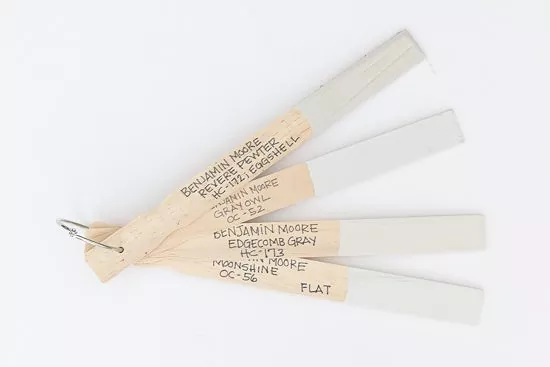
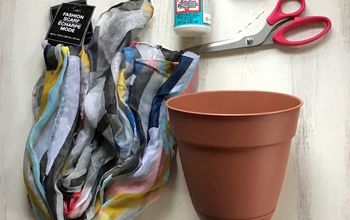


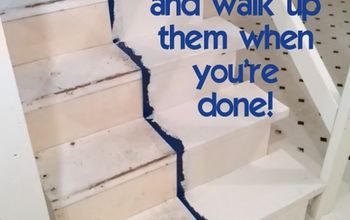
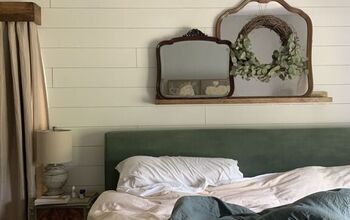


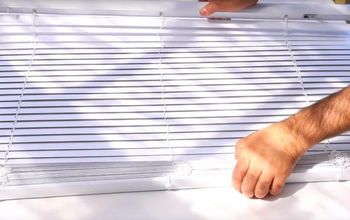
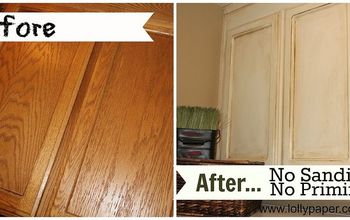











Frequently asked questions
Have a question about this project?